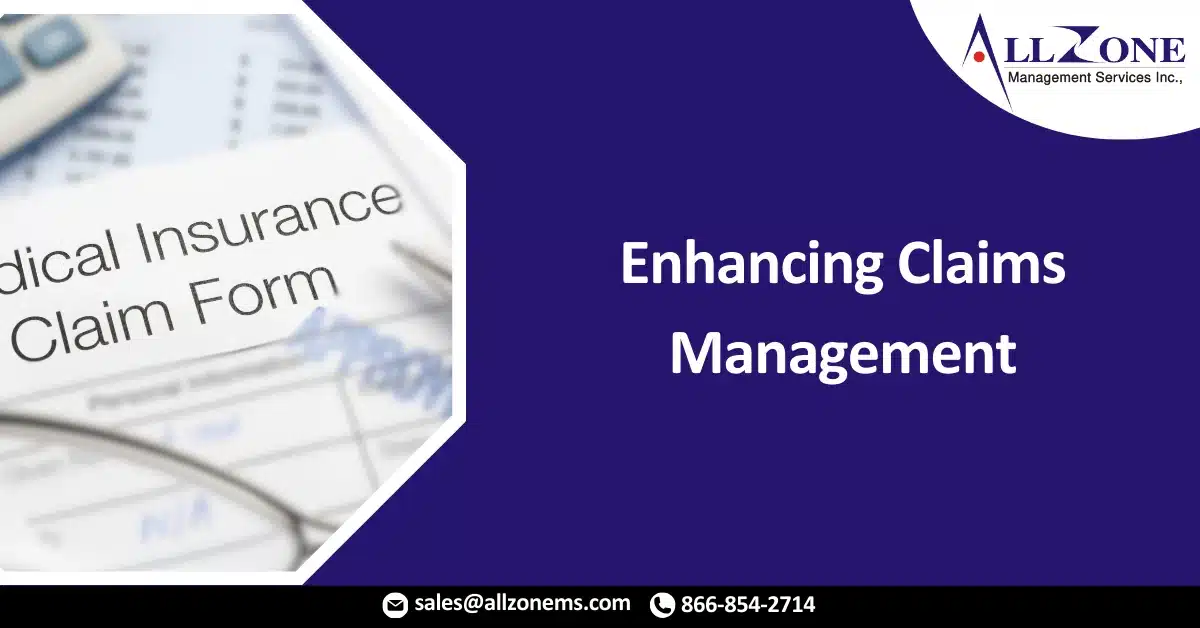Claims management serves as a valuable tool for insurance firms, enabling them to identify the root causes of claim errors, measure areas for improvement, and explore new opportunities to continuously enhance their operations. However, the ever-increasing complexity of claims administration poses a formidable challenge for insurance businesses, hindering their ability to uncover fresh prospects and develop effective solutions.
To overcome this challenge, insurers can conduct a pragmatic and comprehensive analysis of a random sample of closed claims. This approach allows them to uncover pain points in the customer and provider journey, shedding light on areas for improvement and revealing opportunities for the claims management team. Insurance companies have the option to analyze and evaluate the claims processing procedures to accomplish a range of goals.
While the outcomes of such analyses may sound promising, it is crucial for businesses to recognize inefficiencies as an inherent part of their operations and approach them with a readiness to adapt. In light of new objectives, companies may choose to reevaluate their past approaches to claims handling. This proactive approach empowers them to investigate the underlying causes of inefficiencies and make necessary adjustments.
In the realm of claims management, medical billing services and denial management services play a vital role. These specialized services support insurance firms in streamlining their processes, addressing issues, and maximizing efficiency. By leveraging these services, insurers can navigate the challenges posed by claims administration, seize opportunities for improvement, and drive ongoing success for their organization.
A common goal is to identify the primary factors behind inefficiencies that result in financial losses. There are various potential reasons for these economic losses, such as inefficient handling of claims, inadequate business or technical regulations, payment inaccuracies, and fraudulent activities. The evaluation of closed claims involves comparing these cases against industry best practices for the complete claims process, aiming to identify improper payments made by the insurer. By conducting a comprehensive assessment of a specific set of claims, insurers can uncover patterns and root causes of financial losses, while also evaluating the potential impact on the profit and loss statement (P&L).
|
Unleashing the potential of insurance companies: Throughout the lifecycle of a claim, from the moment it is submitted by the provider until it is reimbursed by the insurance company, a seemingly straightforward process unveils various claim scenarios, multiple agents with often conflicting objectives, and a lack of transparency regarding the actions and processes involved. However, by examining and revisiting a random sample of closed claims, insurers can successfully identify potential flaws in claims handling. This approach proves to be highly effective in gaining insights and improving the overall claims management process
Improving the consumer and provider experience: Through claims analysis, insurance companies can identify areas where excessive barriers may hinder a smooth and efficient process, leading to unnecessary inconveniences for consumers. By standardizing norms and procedures, enhancing communication with providers, establishing a clear authority matrix, and gaining a comprehensive understanding of the provider journey, companies can streamline operations and reduce the workload for the claims reconciliation team. This approach aims to enhance the overall experience for both consumers and providers, ensuring a more seamless and satisfactory claims process.
Enhancing the performance of claims management staff: Analyzing closed claims offers valuable insights that can be utilized to create training opportunities and foster a culture of ongoing improvement within an organization. By gaining a comprehensive understanding of current claims procedures, insurance firms can effectively identify areas for process automation, particularly for low-complexity claims. Simultaneously, high-value claims can be redirected to specialized experts, ensuring optimal handling and maximizing efficiency. This approach enables insurance companies to enhance the effectiveness of their claims management staff and optimize resource allocation for improved outcomes.

